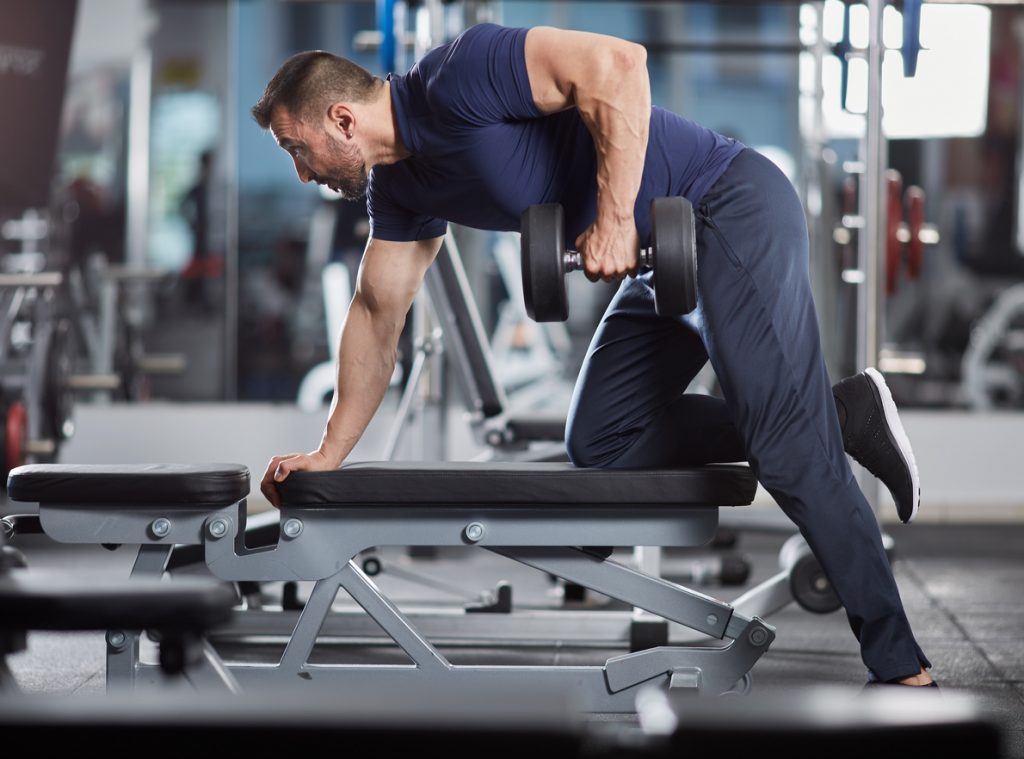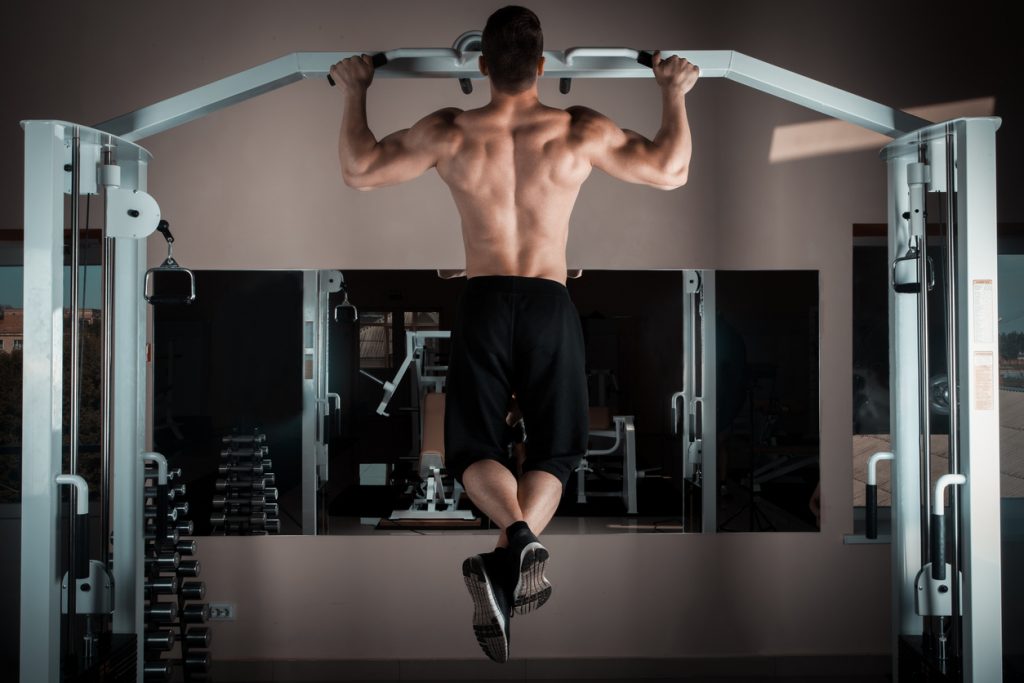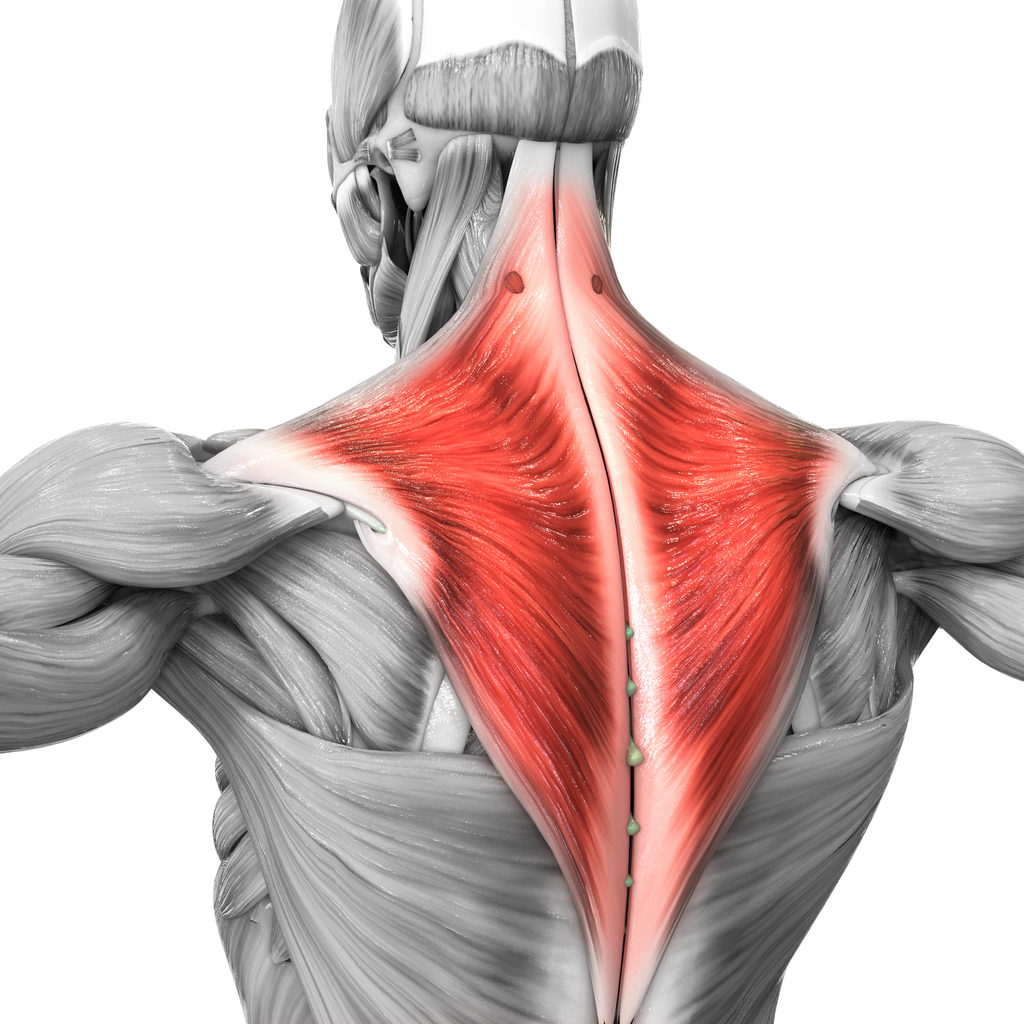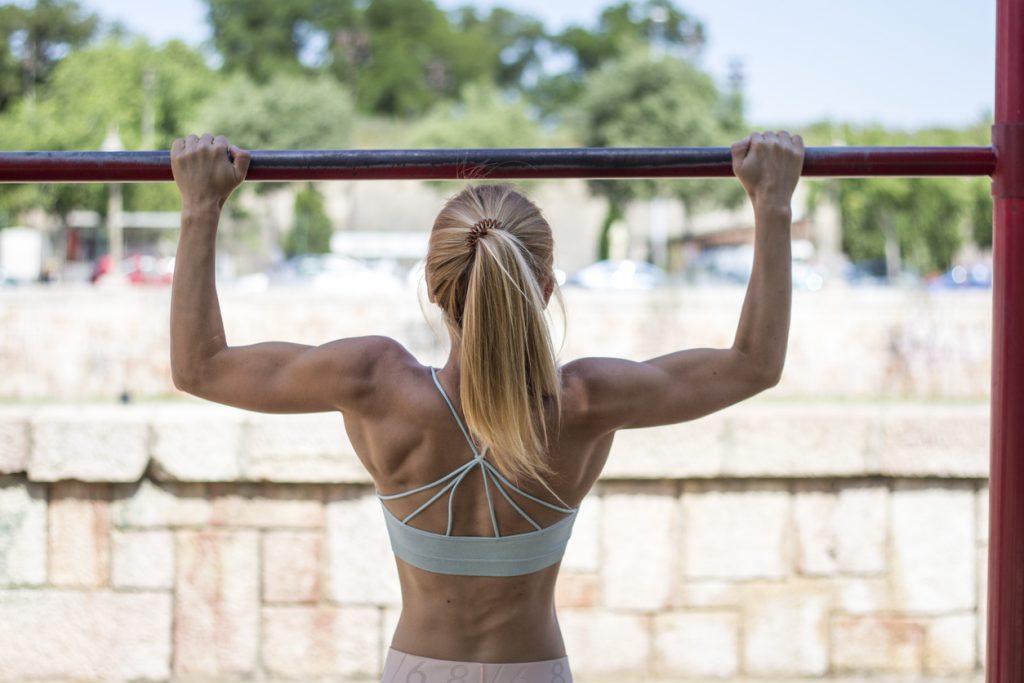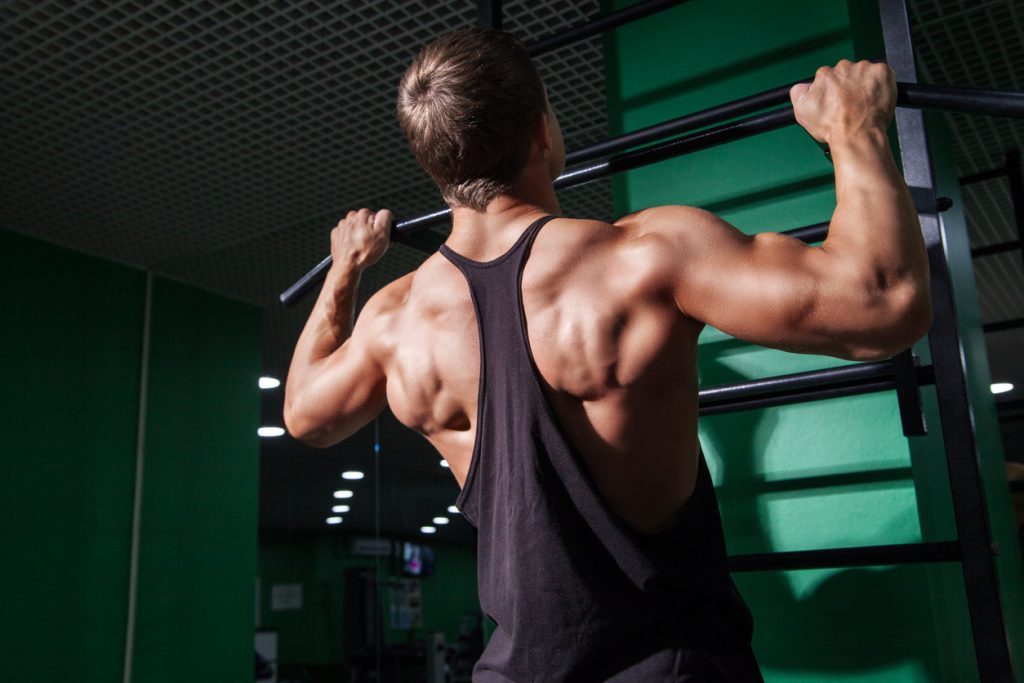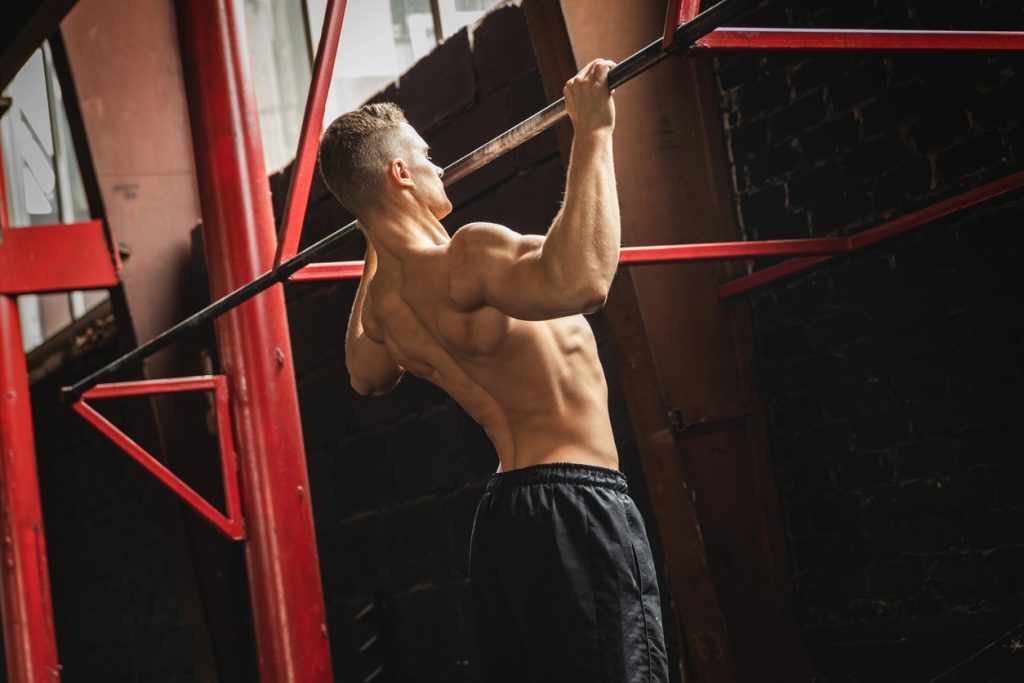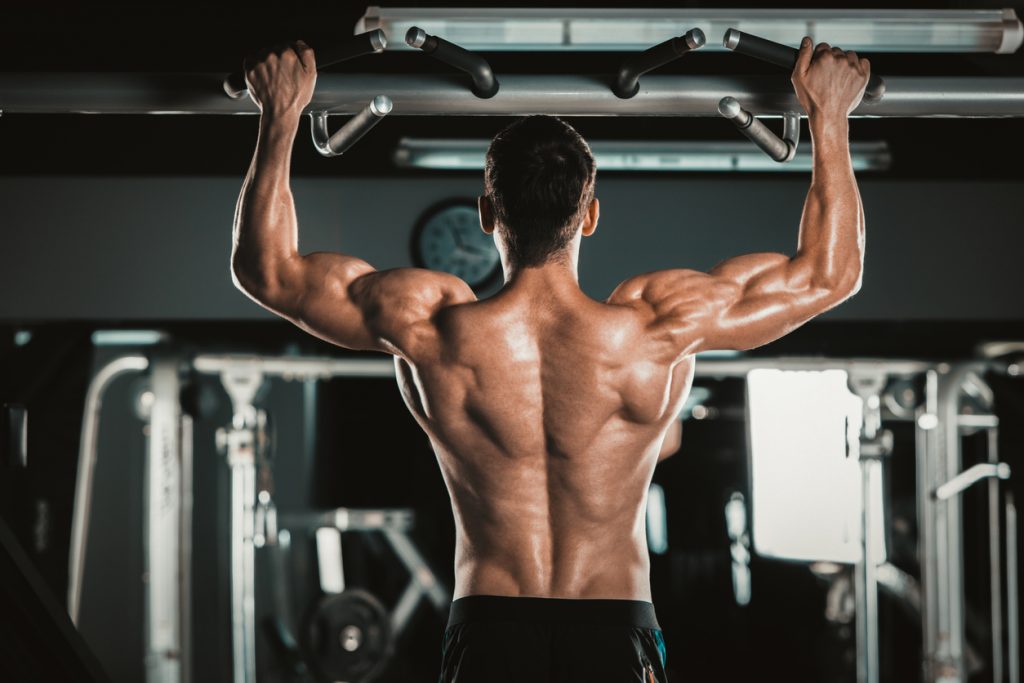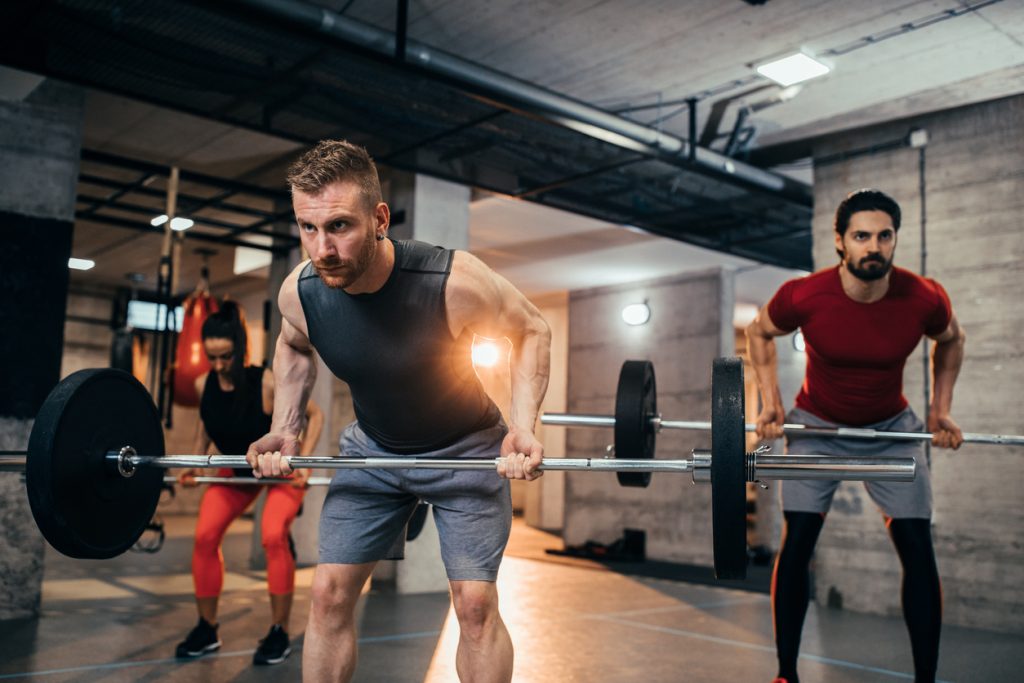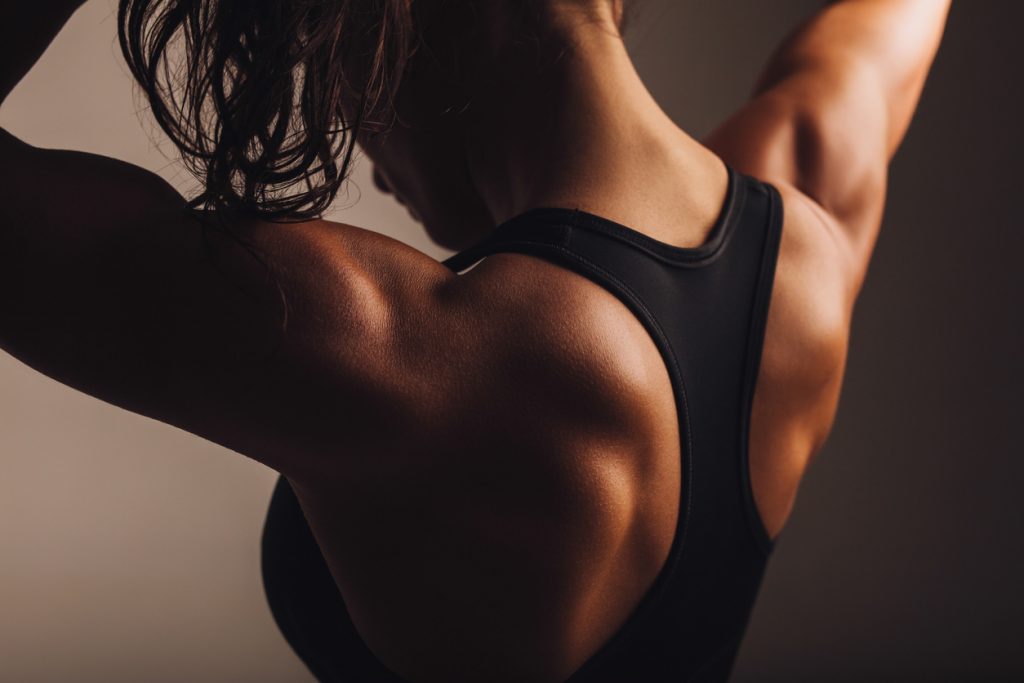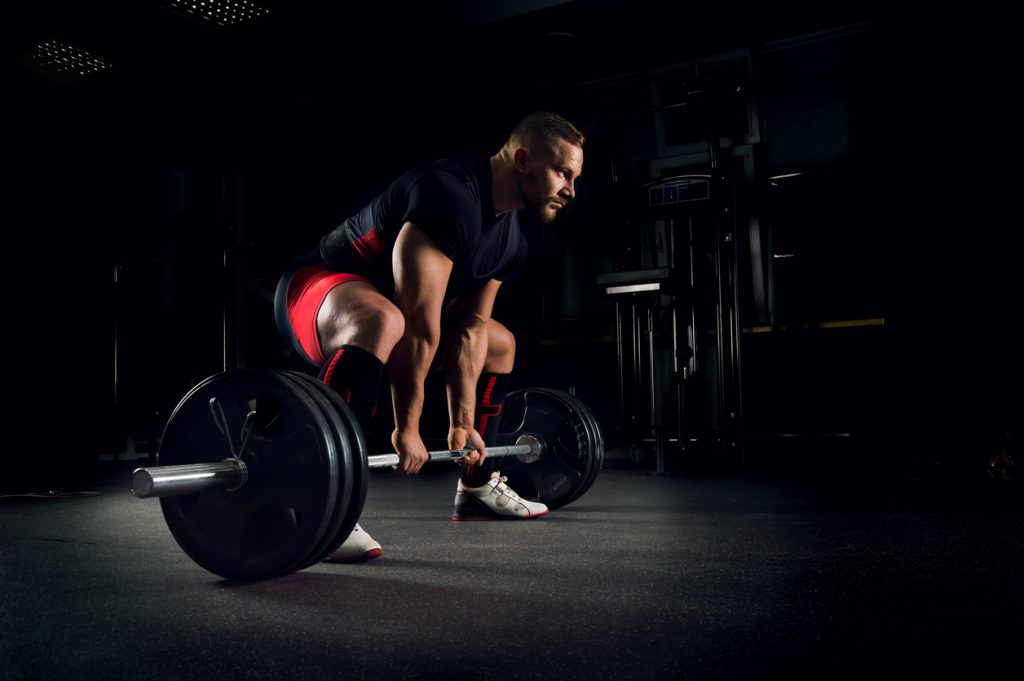The back is a part of the body that should not be neglected in strength training. A very effective basic exercise that works it is the dumbbell rowing or bench press, also known as the "One arm dumbbel row". It is frequently practiced in the weight room. It involves the dorsalis major, the posterior deltoid, the round muscle and allows to contract the rhomboid and trapezius muscles.
It is a movement accessible to all practitioners, beginners as well as confirmed, since the fact of leaning on a bench limits the lumbar work, and thus gives more comfort. It is especially practised in order to gain in thickness and in width at the level of the back.
How to perform the barbell rowing?
- Stand against a bench with your legs bent and your trunk bent horizontally. Press one hand against the bench. Be sure to keep your stability.
- With your free hand, hold a dumbbell in a neutral position: turn the palm of your hand towards your chest. Pull the load in an arc, with your elbow drawn as high as possible. As your elbow moves up past your back, pull your shoulder back and join your shoulder blades together.
- Return to the starting position, following the same path. The load must remain controlled and a maximum stretch of the lats must be implemented.
- Repeat the movement as many times as necessary, then change arms.
In terms of breathing, breathe in before the lift and breathe out when the dumbbell is lowered.
Tips for performing the barbell rowing
To avoid injury and to ensure that the exercise is effective, there are a number of guidelines to follow.
Emphasize back work
As the main objective is to widen the back, it is obvious that this is the part that should be the most stressed during the work. The strength should therefore not be concentrated on the biceps when pulling the load, but on the back muscles. To do this, first concentrate on the shoulder and then pull by straightening the back.
This not only minimises the work done on these muscles, but also reduces the risk of fractures. Indeed, in this movement, the hand is only a simple hook: using the biceps can then be dangerous. The movement is not well executed if you feel pain in your arm after the exercise.
The maximum contraction
When the load is pulled up, make sure that the elbow is above the back. This is how the muscle can contract. The higher the elbow goes, the more intense the contraction, because the muscle is shortened. If you are unable to do this, you should reduce the load.
To maximise this contraction, you must stretch as many muscles as possible throughout the movement, maintaining the tension. Pauses should therefore be avoided, whether in the high or low position.
Keep the chest straight
The chest should be parallel to the floor or bench throughout the exercise. Under no circumstances should you rotate. However, you may bend your knee a little to reduce the strain on your lower back and thus reduce lower back pain.
Do not round the back
In order to prevent the risk of fractures, it is important not to bend the spine. It would be better to use mirrors to check that the back is straight.
Variations of barbell rowing
Dumbbell rowing can be done with other techniques.
The different possible holds
The movement can also be performed in pronation grip or supination grip. In the pronated grip, the palm of the hand must face backwards. In the supinated grip, the palm of the hand is turned forward. The difference between these two movements is in the muscles worked. The pronated grip works the back muscles, while the supinated grip sollicits the biceps.
The seated rowing with the low pulley
The exercise can be performed with a low pulley, in a supinated grip. This allows to increase the strength of the back muscles faster and increase the resistance. The main muscles involved are the trapezius, round, lats, biceps and triceps. To perform, sit on a bench in front of the low pulley and position your foot. Emphasize shoulder movement, not elbow flexion. The back should be rounded slightly. Space your hands slightly wider than your supinated shoulders, and pull the bar towards your trunk with your outstretched arms. Emphasize shoulder movement, not elbow flexion.

